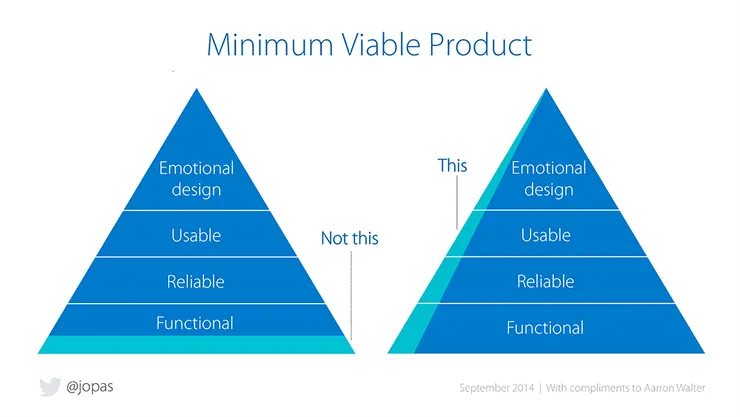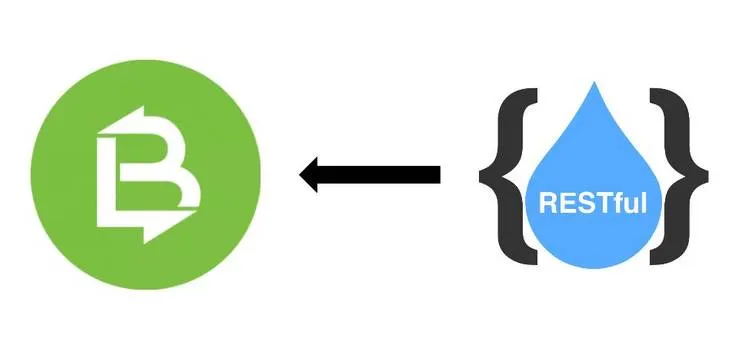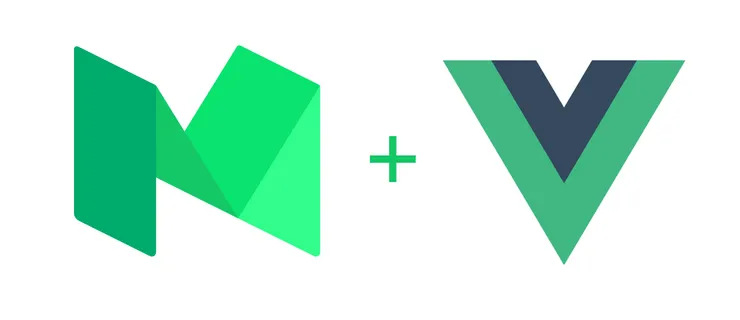How to make your MVP viable
Damien Peltier4 min read

At Theodo, we build products everyday for our clients and for ourselves. We often deal with creating a Minimum Viable Product or MVP. But what is a MVP? How do you build a good one? Why is it useful?
MVP?
When people talk about building a product, you often hear about POCs (proof of concept) or MVPs. But you may not know what it really means. If you are an entrepreneur with an idea, you first want to know if it solves a problem that matters to people. After that and if your idea does solve a problem worth solving, you want to know how you can address this problem in the most effective way. For that you can build a MVP.
Your MVP is not the product with the least number of features, nor is it the product with all the features half developed
The goal of the MVP is to build the first version of your product so you can get feedbacks from customers and improve it. Your MVP is not the product with the least number of features, nor is it the product with all the features half developed. Even if you have a lot of features in mind, your MVP should have the one feature that solves the problem and it should work flawlessly. The pyramids illustrates this clearly.

If you read Eric Ries’s Lean Startup, there are some great examples of MVP, like Food-On-The-Table: “The company did the menu-planning by hand, and they met the customer in person once a week in the Starbucks in a parking lot of the grocery store where that person did their shopping. The customer had no idea that they were the only customer or the first customer. But they learned how to serve that customer and were able to get several other customers before they invested in automation.” First they try to serve their customer effectively, not to make it automated.
I have a great idea, what do I need to build a MVP?
Feedbacks. Always get feedbacks. We had one client at Theodo who wanted to launch its startup and wanted to build its MVP to raise money. The first time we met him, he couldn’t give us any feedbacks about his future customers. You can get feedbacks even without a product built. Remember: your idea solves a problem. Which one is it? How do you want to address it? How do your customers react to your idea? Will they use your product? If not, why? If so, how do they intend to use it? You must be able to answer all these questions before starting your MVP. Keep in mind that the more you have feedbacks from your customers, the more you know how to solve their problem.
How do I build it?
At Theodo we build web applications. In my projects, I’ve learnt that an easy way to build a product is to visualize it. When the customer uses your product, he wants to find one thing: the solution you propose to his problem. To build your MVP, you can visualize all the necessary steps to solve this problem. For example, you can print wireframes of the needed pages of these steps and hang them on a wall.
Two months ago, I had to build a marketplace for winter sports. Our client wanted us to spend a lot of time on a shiny homepage. We decided to print the different steps needed for his product to work : one user should be able to find the sport he or she wants, book it and get in touch with the coach who is providing the lesson. Our client understood immediately that the goal of his MVP was to make this user flow as efficient as possible.
Building a MVP gives you the tools to adapt your product design to what the customer really needs. So next time you want to build one, don’t forget: get feedbacks, focus on solving one specific problem and follow the MVP pyramid!

